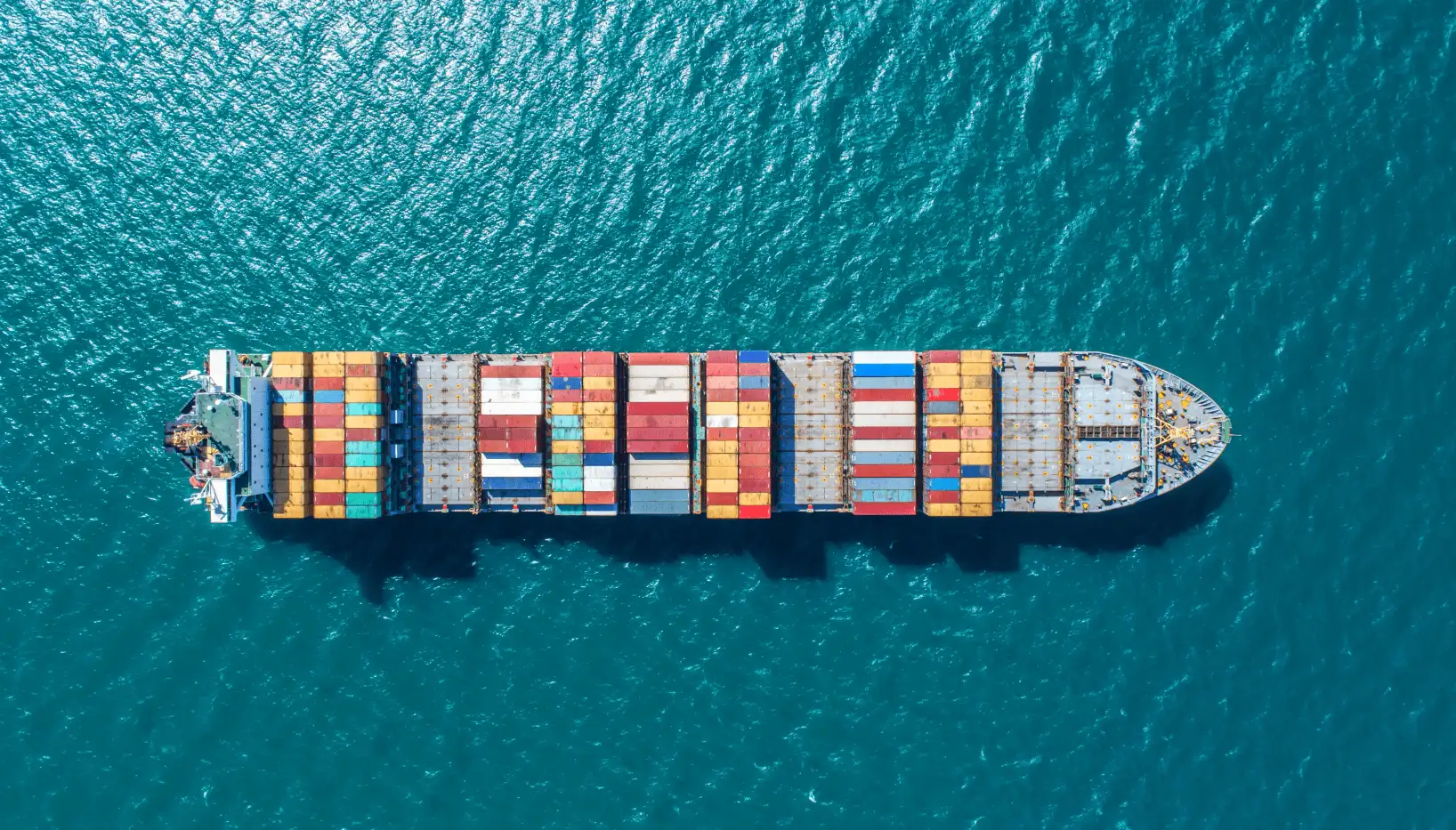Globalized is one of the most accurate words to describe one of the biggest qualities of our current societies. It affects in huge part the world of business, even could say that this is a two ways road, the business has opened the necessity and have facilitated global ties, at the same time that globalization has deeply changed how we do business.

Many of the times, products have traveled more than some people! The design could start in the USA, the material arrives from China, and finally, the production takes place in Malaysia. That helps to create and establish strong links: Global production chains.
One of the mains parts of this chain is the shipment. The one that allows the goods to travel around the world.
When we talk about a shipment, there are some words that, even if we are not experts in the subject, we will recognize: Shipping terms, pallets, freight, and of course, containers.
In simple words, a container is a large metal or wooden box used for transport to make easier the process of loading goods onto ships.
There are different types of containers such as Open top, general-purpose, double door, open side, and so on. At the same time, you can found different sizes of them 20 FT general, 20 FT HC, 40 FT general, 40FT HC, among others.
The container is an essential part of an ocean shipment; in fact, we could say that there is no shipment without a container, at least not in a safe way.

That is why recent news has made sound alarms around the world in the last months.
The reason: A shortage of containers,

The fluctuating situation that the world is facing has made the industry goes from hardly find a place to keep the empty containers facing up a historic low demand; to cover a huge increase in shipments in a period shorter than eight months.
As a result of the shortage that has mainly affected Asian ports; the industry must face a high increment in the freights rates.
The latest container availability index report from container Xchange shows the record low,
“Due to the fast increase in demand after months of blank sailings, containers availability for 40 Ft, across China is currently at 0.05 points, compared with 0.63 at the same time last year.”
0.05 compared with 0.63, taking into account that according to the index, below 0.5 is read as a deficit.
Currently, the cost of a 20 Ft container from China to Europe jumped 49.5% in a month, and rates are expecting to keep climbing.
The shortage is also affecting delivery times, touching even the big platforms like Amazon, whit providers reporting delays of up ten days.

It is clear that COVID-19 has affected in many ways the world; shipment and business are just a part of the many stages that would inevitably change after the unprecedented situation. How long is going to take, for the carriers industry, overcome and adjust to the situation? It is something that no one can yet foresee, but, for sure, there is a lot of in-game to keep the adjective globalization into the business description.




